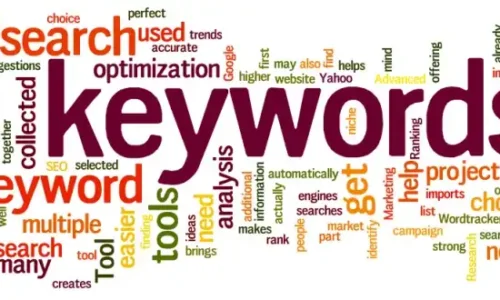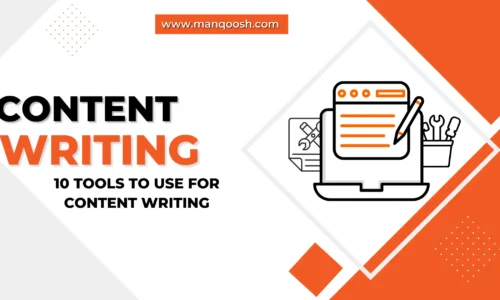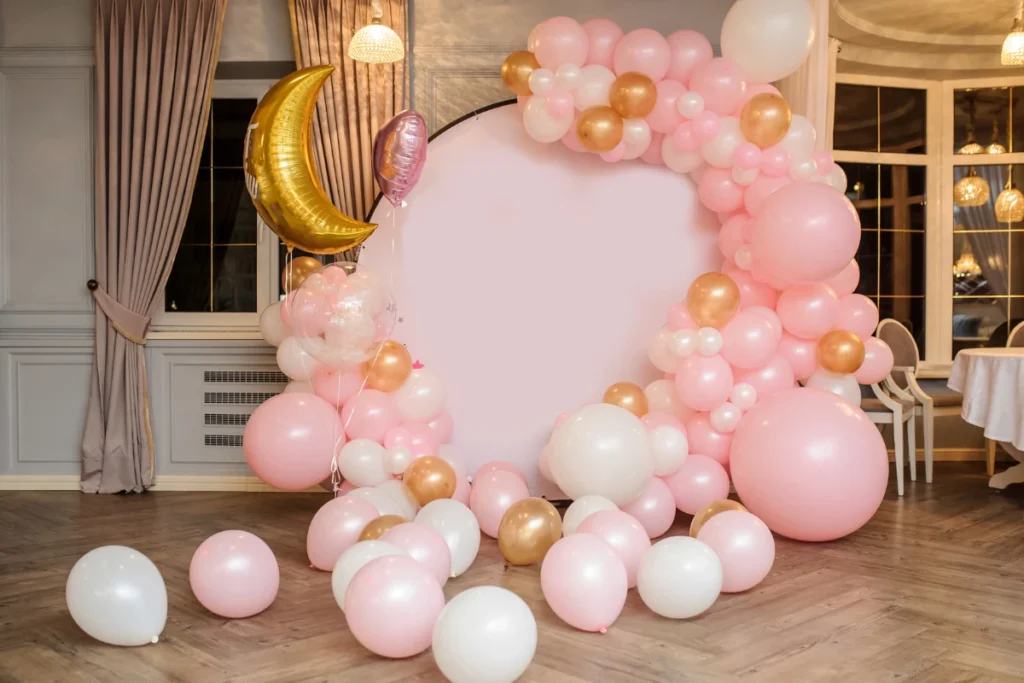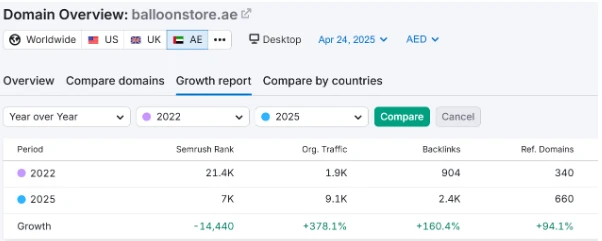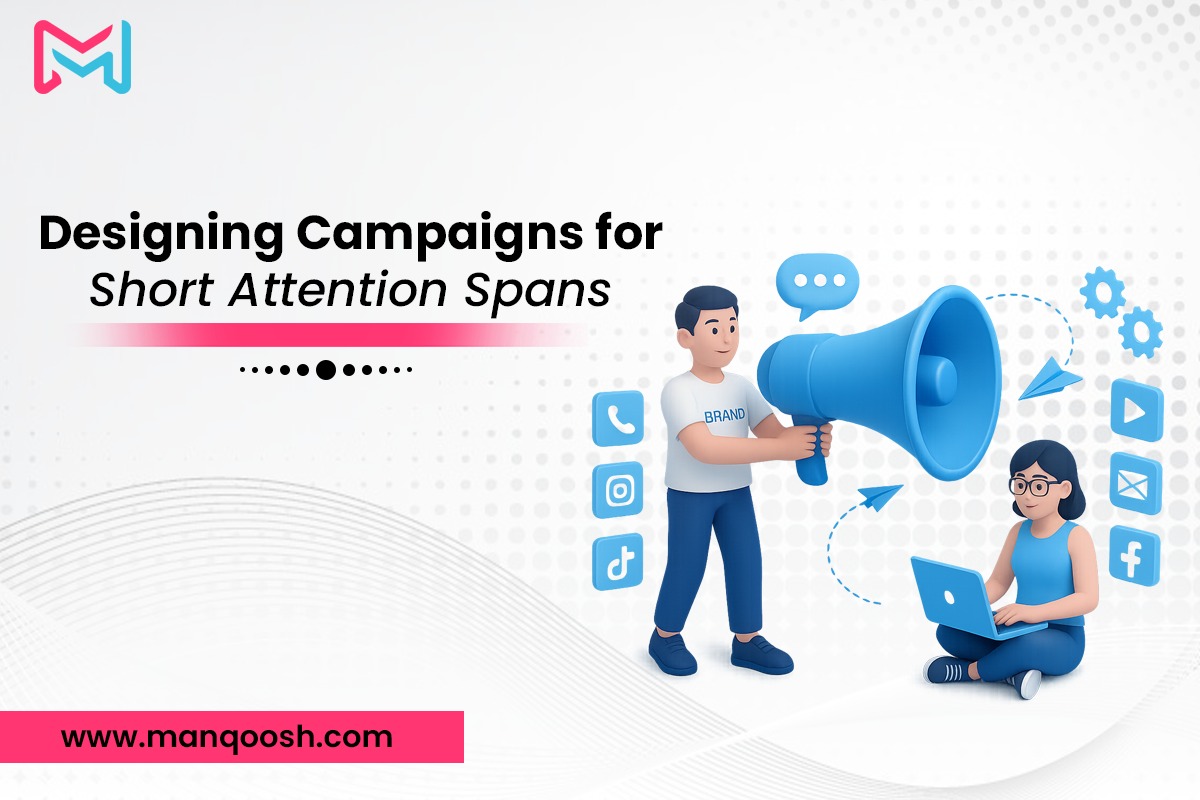
Designing Campaigns for Short Attention Spans
- digitalmanqoosh
- September 19, 2025
- Uncategorized
- 0 Comments
In today’s fast-paced digital world, humans scroll through their feeds at lightning speed. Whether or not it’s social media, emails, or online commercials, your logo has only some seconds—occasionally simply or three—to grab attention. Present day audiences, especially Gen Z and millennials, are recognized for having brief attention spans, not because they lack awareness, however due to the fact they may be bombarded with an awesome quantity of information every single day. For companies, this fact presents a mission: how do you lay out campaigns that reduce through the noise and right away connect?
At Manqoosh, we agree that powerful campaigns aren’t approximately making content material longer or louder—they’re approximately making it smarter, sharper, and immediately attractive. Let’s discover some proven strategies to design campaigns for short interest spans.
1. The Power of First Impressions
When people scroll, they determine in seconds whether or not your content is worth their time. This makes your first impression more important than ever. Strong visuals, bold colors, and concise replicas are your first-rate allies. Consider your marketing campaign like a film trailer—it shouldn’t inform the complete story but should hook visitors enough to need greater attention.
As an instance, a marketing campaign headline like “Save Time. Save Money. Shop Smarter.” Says more in five seconds than a paragraph-long rationalization. Upload a hanging image, and you’ve right away made an effect that sticks.
2. Keep It Snackable
Short-form content material is king. Platforms like TikTok, Instagram Reels, and YouTube Shorts show that bite-sized content material is what people eat the most. Your campaigns need to follow the equal precept: deliver your message in quick, digestible formats.
This doesn’t mean you couldn’t create longer content material—however the entry point needs to usually be short, attractive, and smooth to recognize. Suppose infographics rather than stories, 15-second clips in place of 2-minute commercials, or catchy taglines rather than wordy factors.
3. Emotion Over Information
Audiences can also neglect the information of what they see, but they’ll continually remember how a marketing campaign made them sense. That’s why emotional triggers—happiness, curiosity, exhilaration, even humor—are effective tools for short attention spans.
In place of overwhelming your target market with numbers, use memories and emotions. For example, a campaign for a food brand ought to show the joy of family moments around the dinner desk, instead of listing product specifications. This emotional shortcut grabs interest immediately.
4. Visual Storytelling Wins
People are stressed out to mangle visuals a good deal faster than text. Campaigns designed with formidable imagery, clean pics, and movement capture attention inside milliseconds. A single image or GIF can frequently communicate more than traces of replica.
This is why brands are counting on video content. Even micro-videos of 5–10 seconds can deliver effective messages. Keep in mind, visuals aren’t just decoration—they may be the message itself.
5. Simplify Your Message
Readability is fundamental. A marketing campaign designed for quick attention spans has to recognize one core message rather than attempting to say everything without delay. Audiences tune out when overloaded with information.
An excellent practice is to invite: “If my target market most effectively recollects one thing, what should it be?” Then construct the marketing campaign round that. Whether it’s “50% Off nowadays only” or “Your fitness, Our precedence”, that single, clean message has to dominate the layout.
6. Leverage Trends and Platforms
Short interest spans don’t mean people are less engaged—it’s just because they’re selective. The campaigns that perform nice are regularly people who adapt to tendencies and structures where human beings already spend their time.
Memes, trending audio, or challenges can make your campaign relatable and timely. However, recollect, authenticity subjects. Jumping on tendencies without aligning them along with your brand voice can feel pressured. The exceptional campaigns balance trendiness with originality.
7. Interactivity and Engagement
Passive campaigns are smooth to bypass. Interactive campaigns, but, snatch interest due to the fact they invite participation. Polls, quizzes, demanding situations, or swipe-based totally content make audiences forestall and engage.
For instance, instead of a static ad saying “Which style suits you high-quality?”, you could run a swipe poll with two product visuals. That small shift turns the campaign from a one-way message into an interactive reveal.
8. Consistency Builds Recall
Quick attention spans make it tougher to keep in mind brands after simply one come across. That’s why regular campaigns—the usage of the same colorings, tone, and messaging—are critical. Repetition builds recognition.
Even if your audience doesn’t stop to read every post, seeing your logo continuously over the years enables you to occupy your mind area. Once they’re ready to purchase, they’ll think about you first.
Final Thoughts
Designing campaigns for brief attention spans isn’t approximately dumbing down your message—it’s about making it sharper and extra relevant. By specializing in visuals, feelings, readability, and interactivity, your campaigns can join instantly and leave a long-lasting effect.
At Manqoosh, we specialize in crafting campaigns that thrive within the fast-scroll technology. We apprehend the stability among creativity and ease, and we realize a way to supply your logo story in seconds without losing its depth.
Because in today’s world, capturing interest isn’t just the first step—it’s the entirety.





